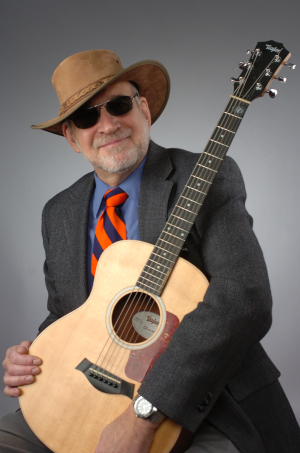Using Simplicity to Address Contaminant Problems Under Conditions of Uncertainty, 2nd offering
Date and Time: Thurs, October 7, 2021, 12:30 PM - 4:30 PM
Location: GoToWebinar
Speaker:
- Dr. Donald I. Siegel. Partner, Independent Environmental Scientists (Manlius, NY); Emeritus Laura J. and L. Douglas Meredith Professor of Earth Sciences (Syracuse University, NY)
Continuing Education Credits:
NOTE: This course was previously offered by EPOC on May 10, 2021. The CT State Board of Examiners of Environmental Professionals (LEP Board) has approved this course/webinar for 4.0 hours of continuing education credits (CTLEP-524W). The MA LSP Board has approved this course for 4.0 hours of Technical credits (LSP Course Number: 1472).
Fees:
- EPOC Members: $150
- Non-members: $250 (consider joining EPOC at this time to receive the member rate for this program)
- Gov't Employee/Students: $75
Course Description:
Academic hydrogeologists, unconstrained by time, spend careers doing experiments, field studies, and mathematical exploration to discover new science and engineering and achieve a level of certainty they hope will be “beyond reasonable doubt.” In contrast, practicing hydrogeologists and engineers usually have to adhere to legal standards of proof, being “scientifically more likely than not.” Very detailed information on the subsurface usually is obtained at contaminant sources to be able to remove the most contaminant mass during remediation efforts. But farther away, the scientific certainty of fate, transport, and attenuation unaffected by engineering seldom achieves precision and accuracy better than factors to even an order of magnitude because of unknown subsurface heterogeneities, vertical flow, and aquifer properties.
Professionals attending this course will gain a better appreciation of the degree to which unknown heterogeneities influence engineering and regulatory decisions, and then be introduced to a comparatively simple hydraulic and then a geochemical technique to evaluate contaminant fate and transport and achieve essentially the same level of certainty as do more complicated methods such as complex numerical modeling using default parameters by necessity.
Course Agenda:
- Hour 1: Introduction:
Why uncertainty proves to be much greater than inferred from local hydraulic testing because of subsurface heterogeneities that control Darcy’s Law. Why do field studies provide limited information and what do geochemical tracer tests show with respect to where groundwater flow paths actually go?
- Hour 2: Setting the Challenge:
The major causes of subsurface uncertainty - scale dependency, refraction of flow lines, and nested flow systems.
- Hour 3: Two examples of Using Simplicity in Analysis within Probable Error Bars of Uncertainty
a. Hydraulics: How long does it take for airborn PFAS to move from the soil zone to the water table?
b. Remediation of BTEX: An Unappreciated Effectiveness of Ternary diagrams.
- Hour 4: Case Studies: Practicing What You Learned
Q&A Summary and Conclusions.
Speaker Biography:
Dr. Donald I. Siegel

Partner, Independent Environmental Scientists (Manlius, NY); Emeritus Laura J. and L. Douglas Meredith Professor of Earth Sciences (Syracuse University, NY); Hydrologist-Geochemist, U.S Geological Survey; B.S. Geology; University of Rhode Island; MS Geology and Geophysics, The Pennsylvania State University; PhD, Hydrogeology, University of Minnesota. President Geological Society of America (GSA), 2019-2020. Chair of the U.S. National Research Council (NRC) Water Science and Technology Board (2010-2013), Associate Editor for most water related journals, Book Editor for GSA; Fellow American Geophysical Union (AGU), American Association for the Advancement of Science (AAAS) and The Geological Society of America (GSA); Birdsall-Dreiss Lectureship, Distinguished Service Award, and O.E. Meinzer Award (Hydrogeology Division, GSA); William Wassertrom Award for Excellence in Graduate Teaching, SU); >150 peer reviewed publications on groundwater contamination and groundwater-surface water interactions. Over 100 consulting projects involving hydrocarbons, solvents, hydraulic fracturing, fugitive outdoor and indoor air emissions, PFAS, and toxic elements. Testimony to US Congress, EPA, and United Nations on hydraulic fracturing.